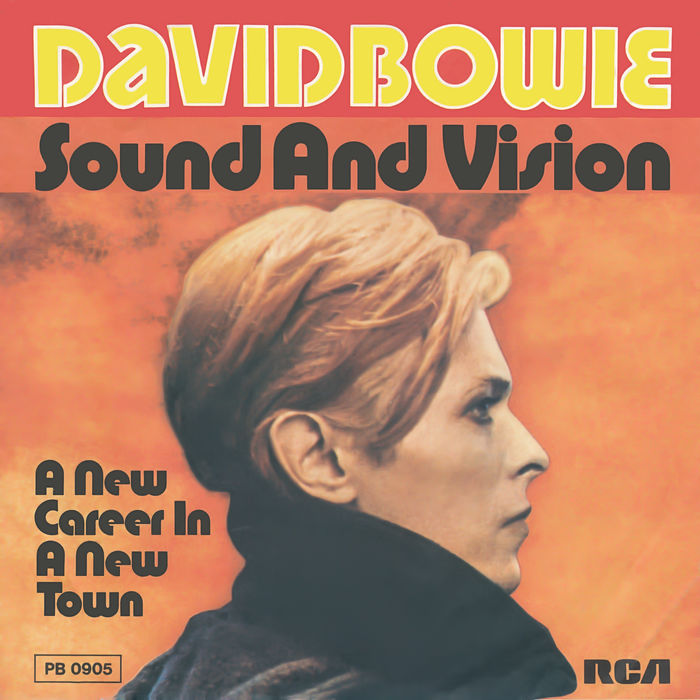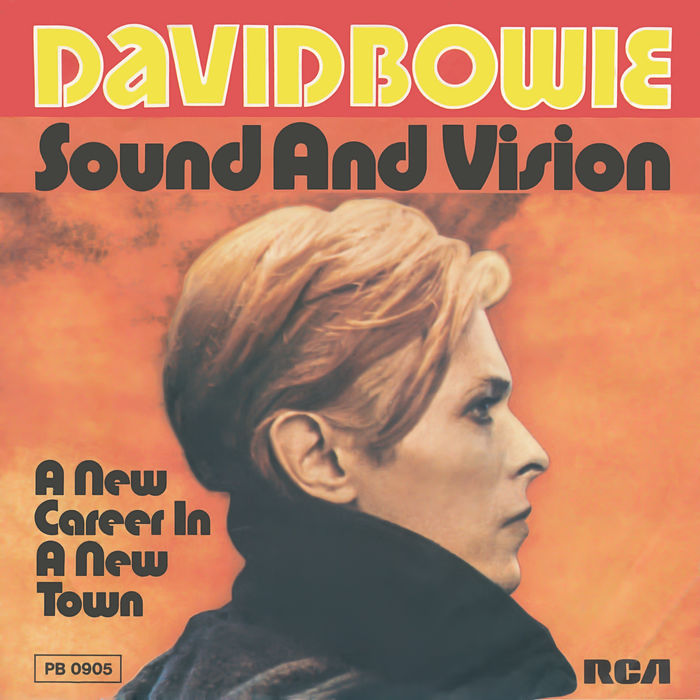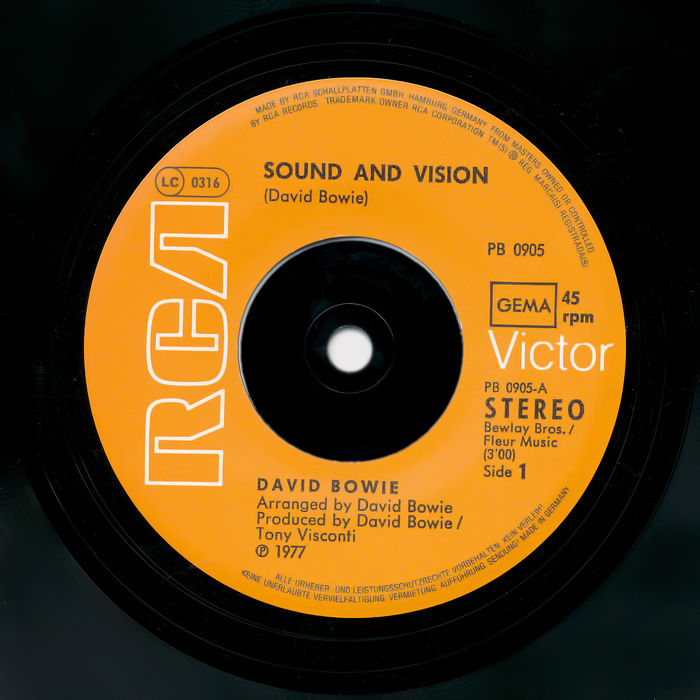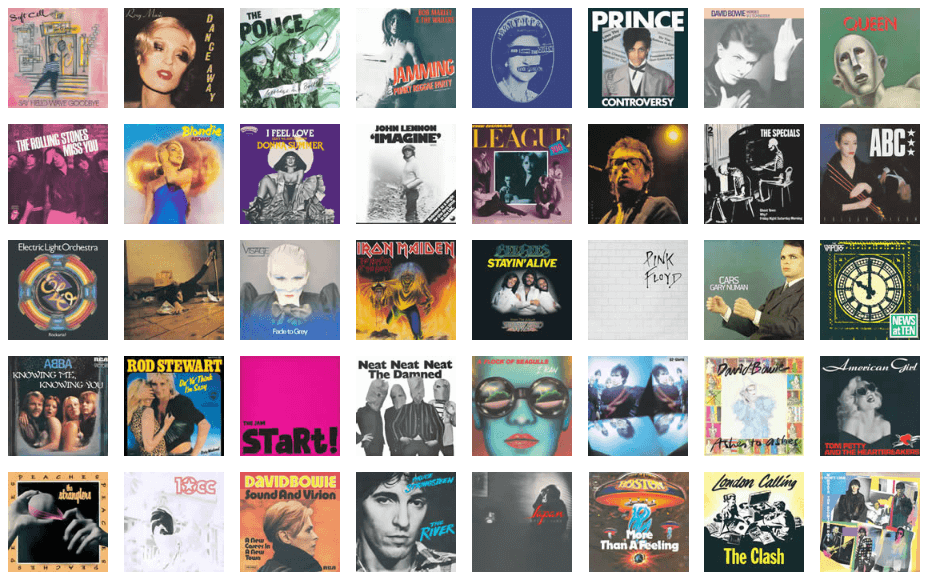The Story Behind The Song
The album was called Low for a reason. Struggling with cocaine addiction and song writing, David Bowie had reached a physical and creative nadir in the mid-1970s. "That whole period stretching through to 1976 was probably the worst year or year and a half of my life," he later told NME. That summer, he retreated from America, returned to Europe and ended up at Chateau d'Herouville, a recording studio to the northwest of Paris. It was supposedly haunted - musical collaborator Brian Eno recalled being awoken every morning by someone shaking his shoulder, although there was no one standing by his bed. However, the spooky goings-on had not deterred artists such as Elton John and Sweet also recording songs there.
Some years before his death, Bowie described Sound And Vision as "a very sad song" for him personally. "I was trying very hard to drag myself out of an awful period of my life," he explained. "I was locked in a room in Berlin telling myself I was going to straighten up and not do drugs anymore. I was never going to drink again. Only some of it proved to be the case. It was the first time I knew I was killing myself and time to do something about my physical condition."
Originally intended to be an instrumental track, partly to showcase Brian Eno's talents on the synthesiser, the long introduction, lasting a minute and a half, creates anticipation. Gradually layered, it builds through rhythm and guitar, synth strings, backing vocals and horn, until Bowie's muted vocals begin. The catchy backing vocal was sung by Mary Visconti, better known as Mary Hopkin, before marrying Bowie's producer Tony Visconti in 1971. When she visited the Chateau with her young children, she agreed to contribute to the song. "Iggy Pop was also visiting at the time, so it was a lovely, congenial atmosphere," she recalled. "One evening, Brian called me into the studio to sing a quick backing vocal with him on Sound And Vision. We sang his cute little 'doo doo' riff in unison. It was meant to be a distant echo but, when David heard it, he pushed up the fader until it became a prominent vocal."
The track is self-referential, a song about writing a song. "Don't you wonder sometimes", the lyrics begin, the vocal lilting downwards over an octave, "'bout sound and vision". Bowie is trying to understand the mystery of the creative process, why he is struggling to write new material. "I will sit right down, waiting for the gift of sound and vision." The lyric - about depression and isolation - contrasts with the bright melody and riffs. Indeed, a song about salvation from the demons of addiction through music, Sound And Vision is generally considered the most uplifting song on Low.
Released in February 1977, the single was not promoted at all, possibly reflecting the record label's ambivalence towards Bowie at this time. There was no video, no appearance on Top Of The Pops and no press interviews. Yet its instrumental intro was used by the BBC to back its programme trailers, and the airplay helped the single enter the UK Top Three, the first time a new song from Bowie had soared so high in four years (Space Oddity, his No. 1 from 1975, was a re-release). The unexpected success of Sound And Vision did not signal a commercial breakthrough, however. That would have to wait until Ashes To Ashes (1980) in the UK and Let's Dance (1983) in the US. By then his rehabilitation was complete and Bowie was a global superstar of sound and vision.
We hereby instate Sound And Vision by David Bowie on The Wall as No.15 Best Single of 1977
Bowie ripped up the song writing rule book with Sound And Vision as nearly half of this three minute pop song is an intro. But what an intro!Dave B




